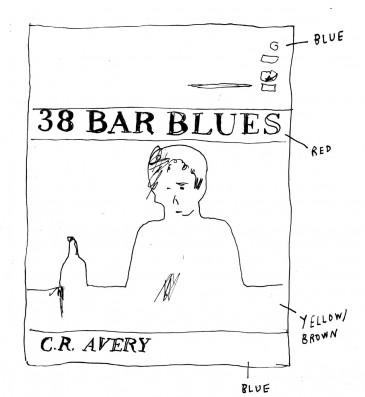My lover judges the value of a film in hindsight. The extent to which the moving images are replayed in his mind determines his final opinion about the story told. So, seemingly good films can be rendered unimportant and bad films can end up being terribly relevant. On this consideration, Nicole Krauss’ The History of Love is a wonderfully effective piece of literature.
Less than one week after receiving the novel as a Christmas gift, a dear friend had read it cover to cover (complete with fevered scribbling) and then passed it along to me. A few short days later when I was finished, I found myself at a library researching the authenticity of Krauss’ plethora of intertextual references. Since, my friend and I have shared many conversations over the novel and both have reread the story. My own library has grown by Bruno Shultz’ Street of Crocodiles and Cynthia Ozick’s The Messiah of Stockholm. I have even whispered the words of Krauss to my lover, a tangible example of how worthwhile and beautiful I feel The History of Love to be.
This is a story about the ways we see, about the subtleties of difference between illusion and creativity. Told through myriad voices, every single one of them a writer, the common currency is the transformative power of words.
The History of Love is itself the central book in Krauss’ novel of the same name. The book within a book pays homage to all women ever loved through the guise of a girl named Alma. After the author is separated from his Alma, the only woman he has ever loved, the mystery of her existence goes on to prompt a search that challenges the exclusivity of fate and chance. Chance takes the form of a fleeting encounter at the beginning of Krauss’ novel, and that encounter then goes on to fatefully tie her two major narrative voices together. That Leopold Gursky, an 80-year-old man, and Alma Singer, a 14-year-old girl named after the heroine of the fictional history, have anything in common is a sublime stroke of twisted plots. Krauss, however, achieves a complex narrative without any superfluous detail. This results in foreshadowing that is nearly too neat; only reading this book for a second time will reveal just how intricately their stories are woven.
It is not, however, always easy to see what Krauss has orchestrated for the reader, even with, or because of, the privileged wisdom of backward glances. The tender of reality is not the same as the tender of imagination. Yet, when one is accepted as the other, dead men can rise to walk among the living. Here, the stories we tell ourselves are indeed more important than what the world would suggest we believe. Krauss’ characters do not see the world as their own creation, although they sometimes acknowledge it as such, and this naiveté is Krauss’ most fascinating trick. Alma and Leo eagerly accept the validity of their respective imaginations without any hint at charade. They see in the singular world the potential it has to be an infinity of experiences and explanations. For them, the world is allowed to be fantastical. The sum of reality is greater than brute facts. The world is ours to let loose upon creatively, drawing together the disparate bits of matter that are, therefore, never dead.





